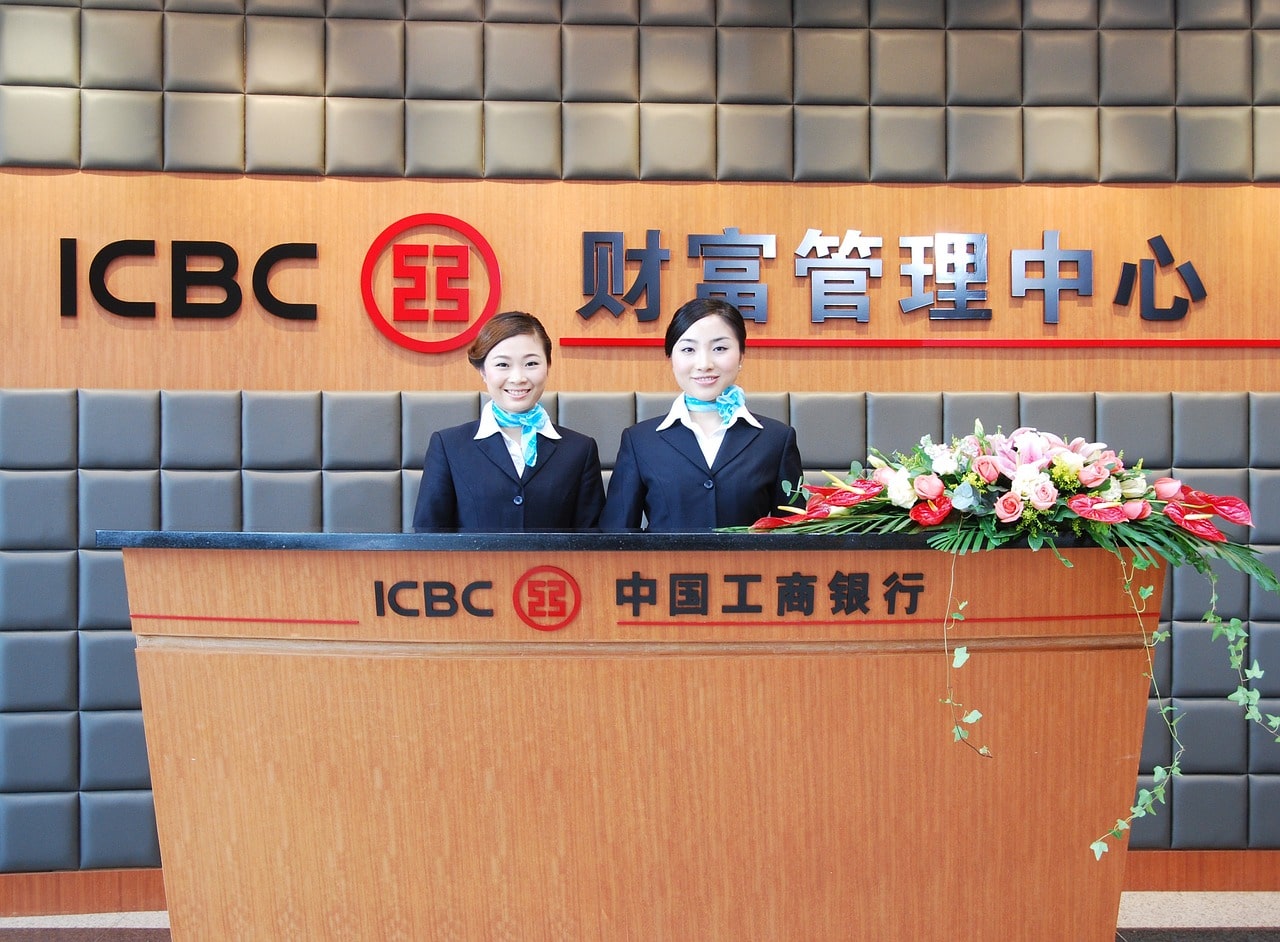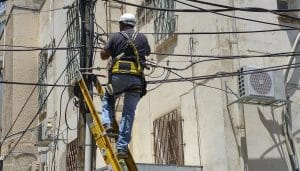Urban Farming 2.0: High-Tech Solutions for Limited Spaces
Urban farming, also known as urban agriculture, has been gaining popularity over the past few years as a way to address food insecurity, reduce reliance on imported produce, and promote sustainable living in urban areas. Traditional urban farming methods, such as community gardens and rooftop gardens, have been successful in providing fresh produce to local communities. However, with limited space in urban environments, these methods are now being taken to the next level with the development of high-tech solutions for urban farming – Urban Farming 2.0.
The Challenges of Urban Farming
Urban areas are characterized by high population density, limited land availability, and the presence of impervious surfaces such as buildings, roads, and parking lots. These factors make traditional farming methods, which require large amounts of land, water, and sunlight, unfeasible in urban environments. As a result, urban farming faces several challenges, including:
Space Constraints
One of the biggest obstacles of traditional urban farming is the limited space available. In cities, land is a scarce and valuable resource, and there is often little or no room for large-scale farming. However, with the growing demand for local produce, urban farmers are looking for alternative ways to grow crops in limited spaces.
Climate and Environmental Factors
Urban areas are also prone to air pollution, high temperatures, and extreme weather conditions. These factors make it challenging to grow crops in urban environments. Moreover, the presence of impervious surfaces can cause the urban heat island effect, which can increase temperatures in cities by several degrees, further limiting the types of crops that can be grown.
Lack of Resources
Traditional farming methods require large quantities of resources, such as water, sunlight, and soil. In urban areas, these resources are often scarce and expensive, making it difficult for individuals and communities to maintain urban farms.
The Rise of Urban Farming 2.0
Recognizing the challenges faced by traditional urban farming methods, researchers and entrepreneurs have been developing high-tech solutions to overcome these barriers. Urban farming 2.0 refers to the use of technology and innovative techniques to grow crops in urban areas. These solutions are not only addressing the challenges faced by traditional urban farming but are also helping to reduce the environmental impact of food production and promote sustainable living.
Vertical Farming
Vertical farming is one of the most promising innovations in urban farming 2.0. This technique involves growing crops in vertically stacked layers, using hydroponics, aeroponics, or aquaponics systems. Vertical farms take up minimal space and can be built in abandoned warehouses, skyscrapers, or even in underground tunnels. With the use of LED lights, vertical farming can also be used to grow crops in areas with limited sunlight, such as basements or windowless buildings.
Smart Greenhouses
Smart greenhouses are another high-tech solution for urban farming. These controlled environments use sensors, automated irrigation systems, and climate control technology to create the ideal conditions for crop growth. Smart greenhouses can be built on the rooftops of buildings, allowing for the use of underutilized space to produce fresh, locally grown produce.
Blockchains and Urban Farming
Blockchains, which are decentralized digital ledgers that record transactions securely, could also play a role in urban farming 2.0. By connecting urban farms with consumers, blockchains can provide transparency and traceability in the food supply chain, giving consumers access to information such as where their food was grown, how it was grown, and who grew it. This technology could also help urban farmers access financing and resources, making it easier for them to start and maintain their farms.
The Benefits of Urban Farming 2.0
The use of technology and innovation in urban farming 2.0 offers numerous benefits, including:
Increased Food Production
With the growing global population, there is a need for increased food production. Urban farming 2.0 makes it possible to grow crops in a limited space, maximizing the potential of urban areas for food production and providing fresh, locally grown produce to urban communities.
Sustainable Food Production
Urban farming 2.0 promotes sustainable living by reducing the environmental impact of food production. With vertical farming and smart greenhouses, less land, water, and energy are required to grow crops, reducing the carbon footprint of urban farming.
Food Security
Urban farming 2.0 can also help address food insecurity in urban areas. By providing fresh, locally grown produce, these high-tech solutions can improve access to healthy and affordable food for urban communities.
The Future of Urban Farming
The development and adoption of urban farming 2.0 have the potential to revolutionize the way we produce food in urban areas. With advancements in technology and the growing demand for sustainable living, the future of urban farming looks bright. As more people recognize the benefits and embrace these innovative solutions, we can expect to see even more high-tech solutions for urban farming emerge in the years to come.
Conclusion
Urban farming 2.0 presents a new era of urban agriculture, one that is sustainable, efficient, and innovative. By overcoming the challenges of traditional urban farming, these high-tech solutions are changing the way we think about food production in urban areas. As we continue to explore and develop new technologies, the potential for urban farming is limitless, making it an essential component of creating a more sustainable future.







